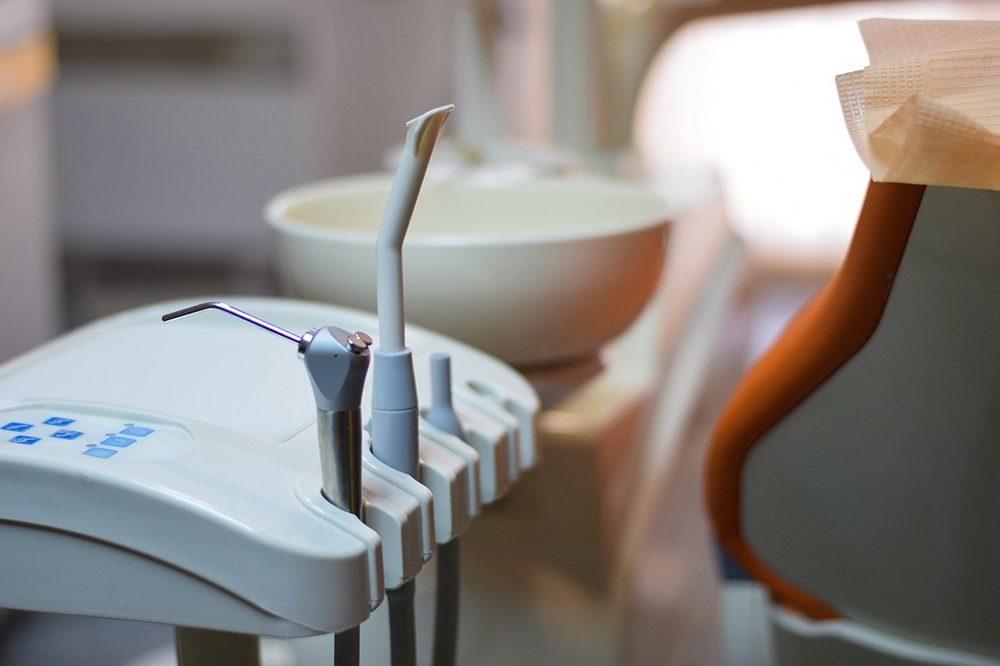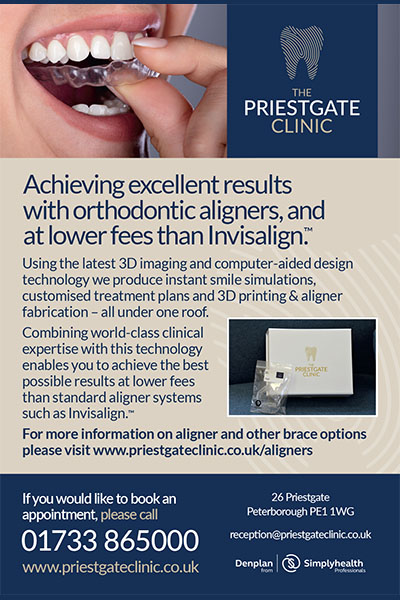When most people think of dental treatment, they picture restorations (fillings) and crowns (shells covering the whole tooth). However, a crown requires the removal of a substantial amount of tooth tissue to allow for the thickness of the artificial material. This is a shame if much of the tooth tissue is healthy, and further tissue loss will follow when the crown is replaced at a later stage. Is there an alternative?
Minimally Invasive Dentistry (MID) focuses on disease prevention and the preservation of healthy dental tissue. There have been significant advances in recent years in the understanding of the disease process that occurs in decaying (carious) teeth. The process begins with the loss of mineral content (demineralisation) from the tooth’s enamel layer. However, the good news is that the effects on dental enamel can be reversed by a healing process of remineralisation. MID seeks to encourage this healing process, initially by facilitating the remineralisation of decayed enamel.

With the occurrence of deeper decay, a biologically selective approach can remove decay and restore the appearance and function of teeth, while preserving healthy tissue. Recent advances in dental materials science have made this possible. We now have high-quality, durable fillings, and even ‘healing’ (bio-mimetic) restorative materials available (see before and after photographs).

Catherine Cousley, a dentist at the Priestgate Dental Clinic in Peterborough (www.priestgateclinic.co.uk), is a keen advocate of MID. She focuses on prevention, remineralization strategies, and performing the least destructive form of dental restoration.







